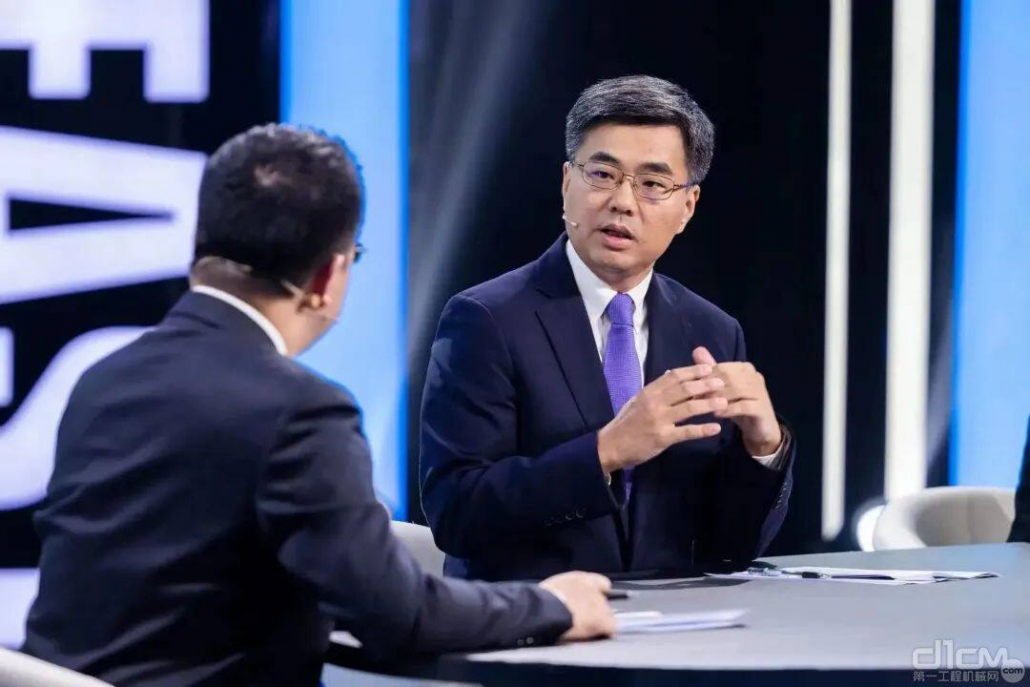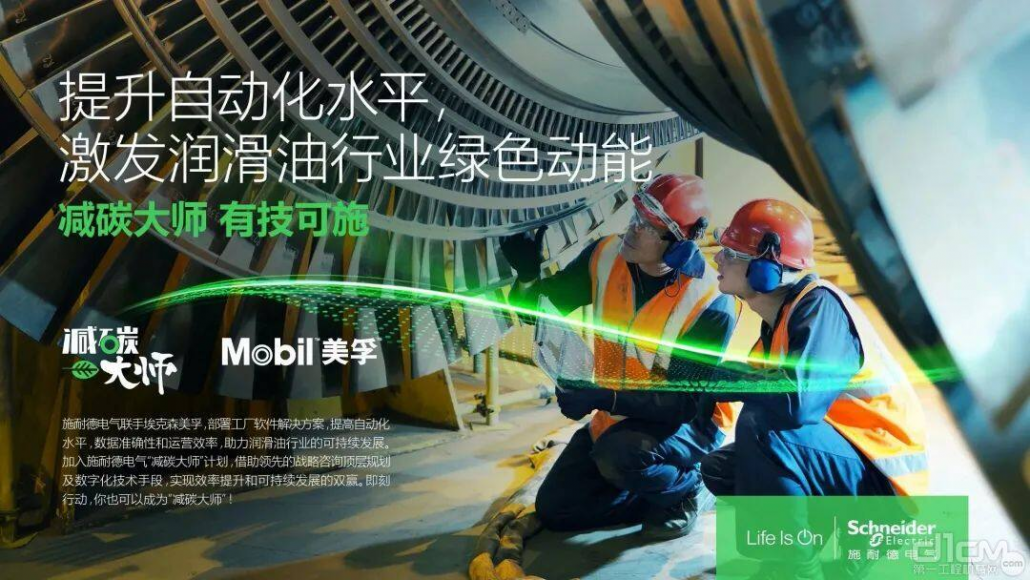Exxonmobil, which has been in China for nearly 130 years, has ushered in an intensive period of investment in China in the past two years.
On April 22, 2020, ExxonMobil Huizhou Ethylene Project held a transnational cloud groundbreaking ceremony, attended by Vice Premier Han Zheng and announced the start of the project. In April 2021, ExxonMobil and Sinopec Engineering and Construction Co., LTD. (SEI) signed the general contract for the project, and seven months later, the company made the final investment decision and the project was fully advanced.
In the same year, ExxonMobil Tianjin plant increased capital to build a new filling line and storage tank project, bringing the filling production of the company’s flagship product, Mobil 1, to Tianjin. In September 2022, the Tianjin plant upgrade project officially started, and plans to use ExxonMobil’s existing industrial base to build 21 new storage tanks, and upgrade the laboratory, control room, office area, environmental protection and safety to improve product grade and quality, and provide energy storage for the market of high value-added new products.
Exxonmobil’s presence in China covers all sectors of the energy industry, including upstream gas, downstream, chemicals, research and development centers, and low carbon solutions.
Yue Chunyang, managing director of ExxonMobil’s lubricants business in China, believes that in the promotion of China’s “dual carbon” goal, compared with challenges, industrial enterprises are facing unprecedented opportunities for transformation and upgrading. Whether enterprises can adapt green and low-carbon products and technologies has become the key to winning a new round of competition.
As a global fossil giant committed to playing a leading role in the energy transition, ExxonMobil clearly also sees business opportunities and a greener future in China.

Low-carbon action in China
Earlier this year, ExxonMobil announced that it will achieve “net zero emissions” targets for Scope I and Scope II of its major operating assets by 2050, and plans to chart a detailed emission reduction path through comprehensive deployment.
“We plan to invest more than $15 billion in greenhouse gas reduction initiatives over the next six years. At the same time, we also tailor different plans and targets to different countries and regional markets.” Yue Chunyang said that the “dual carbon” target set by China and the very clear target proposed for the entire industrial sector provide clear guidance for the emission reduction and action plans of the entire industry. To this end, ExxonMobil’s actions in China related to emissions reduction will also have some “Chinese characteristics.”
Yue Chunyang explained that, on the one hand, industrial enterprises face corresponding challenges, the overall carbon emissions occupy a relatively large share, so it is necessary to take a big step in the entire emission reduction action, play a leading role. At the same time, industrial enterprises can not only regard the energy transformation or low-carbon transformation requirements under the “dual carbon” goal as a challenge, but should be regarded as an opportunity for the transformation and upgrading of the entire industry, and actively interact and coordinate with many industries and industries.
On the other hand, they feel that digitalization has become an important way for Chinese energy enterprises to achieve green transformation, and Chinese enterprises are currently in a leading position in digitalization, “digitalization and green transformation are mutually coordinated and supportive.” Therefore, the transformation of China’s industrial enterprises is not only a green transformation, but also a digital transformation.
“Digitalization also meets the core requirements of energy transformation to reduce costs and increase efficiency.” Yue Chunyang, for example, said that Mobil Youshida Digital platform (MSDP) and Mobil Youshida intelligent online oil monitoring services, combined with Alibaba Cloud Internet of Things technology, to create a digital service system, to provide Chinese customers with professional, forward-looking, customized maintenance solutions, while helping Chinese industrial enterprises to accelerate the digital transformation.
These “Chinese characteristics” make ExxonMobil highly concerned about and very willing to support the digital upgrading of the entire energy industry in the process of promoting China’s “dual carbon” goal and green transformation.
In China’s low-carbon initiative, ExxonMobil’s products, services and solutions also cover multiple business areas.

Upstream business area
In the upstream business, ExxonMobil signed two long-term agreements with Sinopec and petrochina in 2009 to supply the Chinese market with cleaner liquefied natural gas. In 2019, the company entered into a 20-year sales and purchase agreement with Zhejiang Energy Group for the supply of 1 million metric tons of LNG per year. They are also pushing ahead with joint participation in the Huizhou liquefied natural Gas receiving terminal project – natural gas emits 60 percent less greenhouse gases than coal, taking into account lifecycle emissions, and produces far fewer air pollutants than coal-fired power generation.
Lubricants business area
In the lubricants business area of product solutions, ExxonMobil actively promotes the “Green Lubrication Initiative” for the Chinese market. With “less is more” at its core, the project offers a comprehensive solution that includes energy efficient products, professional services, and flexible circular turnaround packaging to help customers save energy consumption, reduce greenhouse gas emissions, and increase production efficiency.1
Chemical business area
In the chemical business area of product Solutions, they try to solve the problem of plastic waste in the environment by improving plastic recyclability. “For the Chinese market, in a pilot project with a film processing company, we have jointly developed an enhanced solution with superior mechanical strength and greater durability, making the recycling of mulch film easier.” Yue Chunyang said that the recycled film is re-granulated to make resin, which is used in other applications such as garbage can lining and secondary packaging, thus achieving a complete cycle from manufacturing, recycling to reuse.
